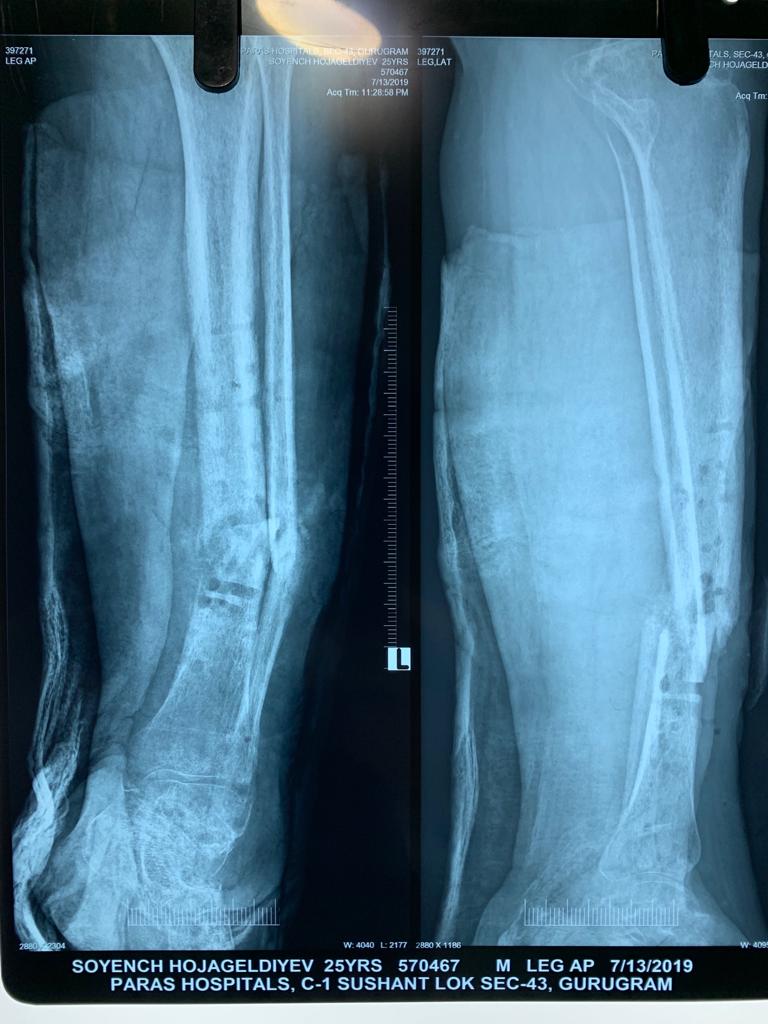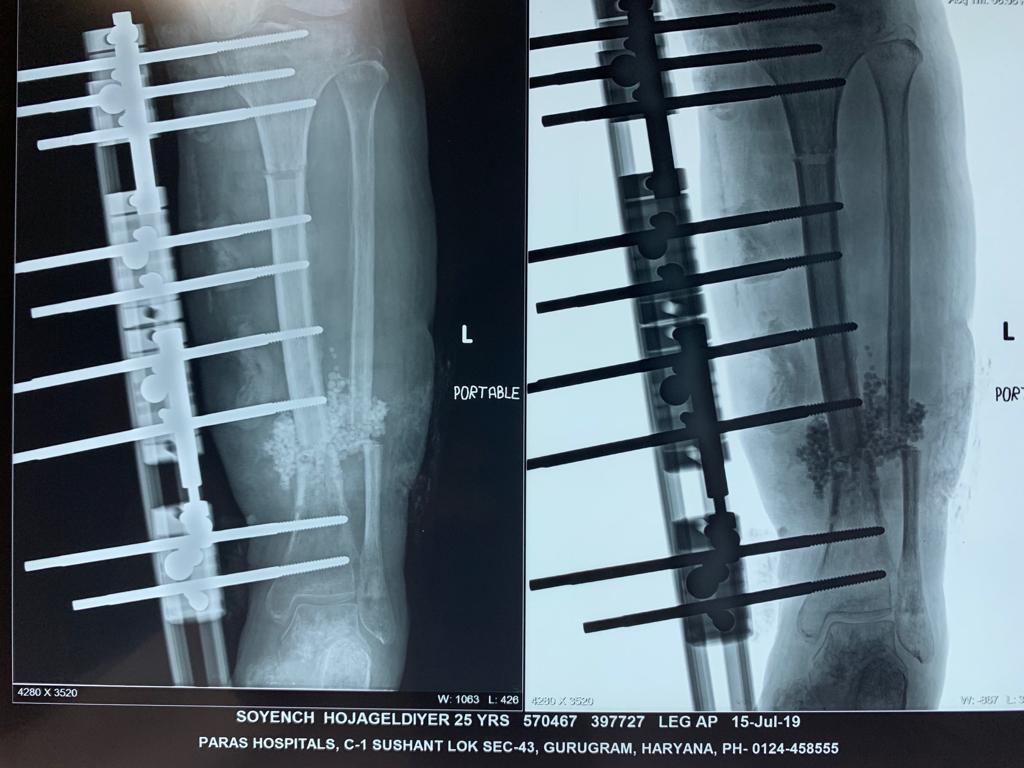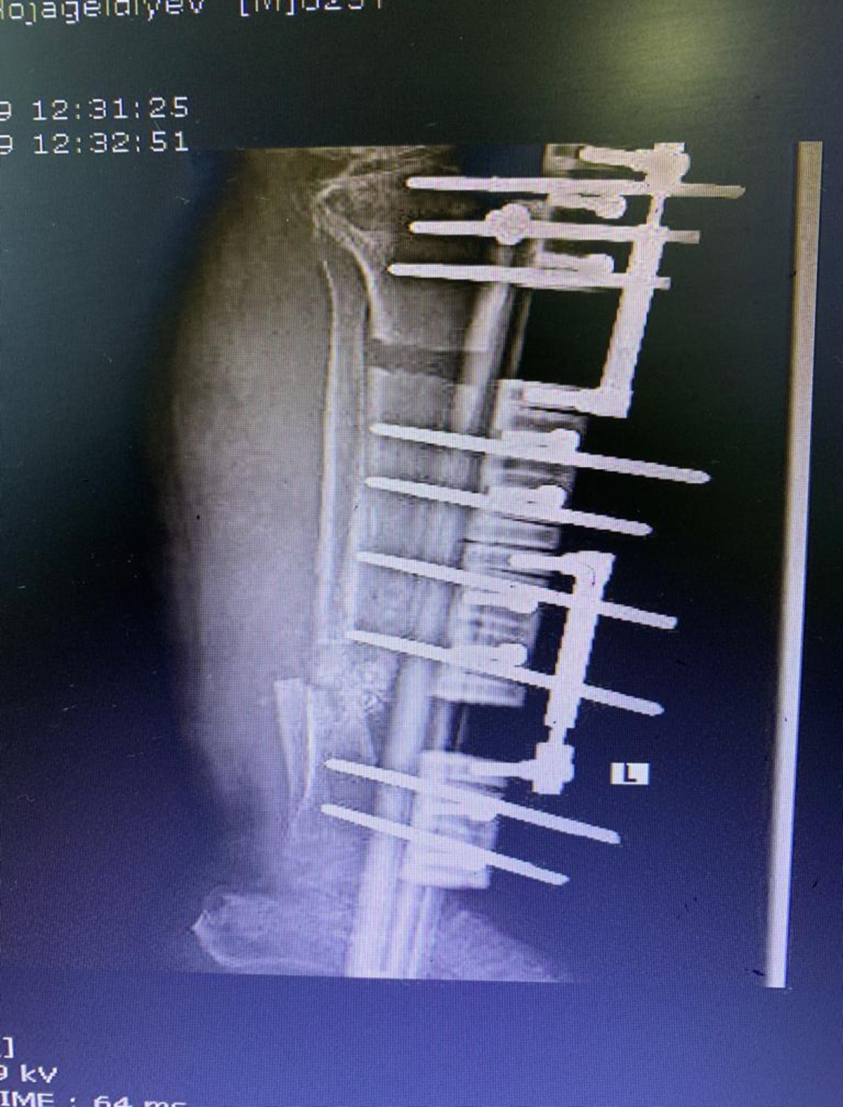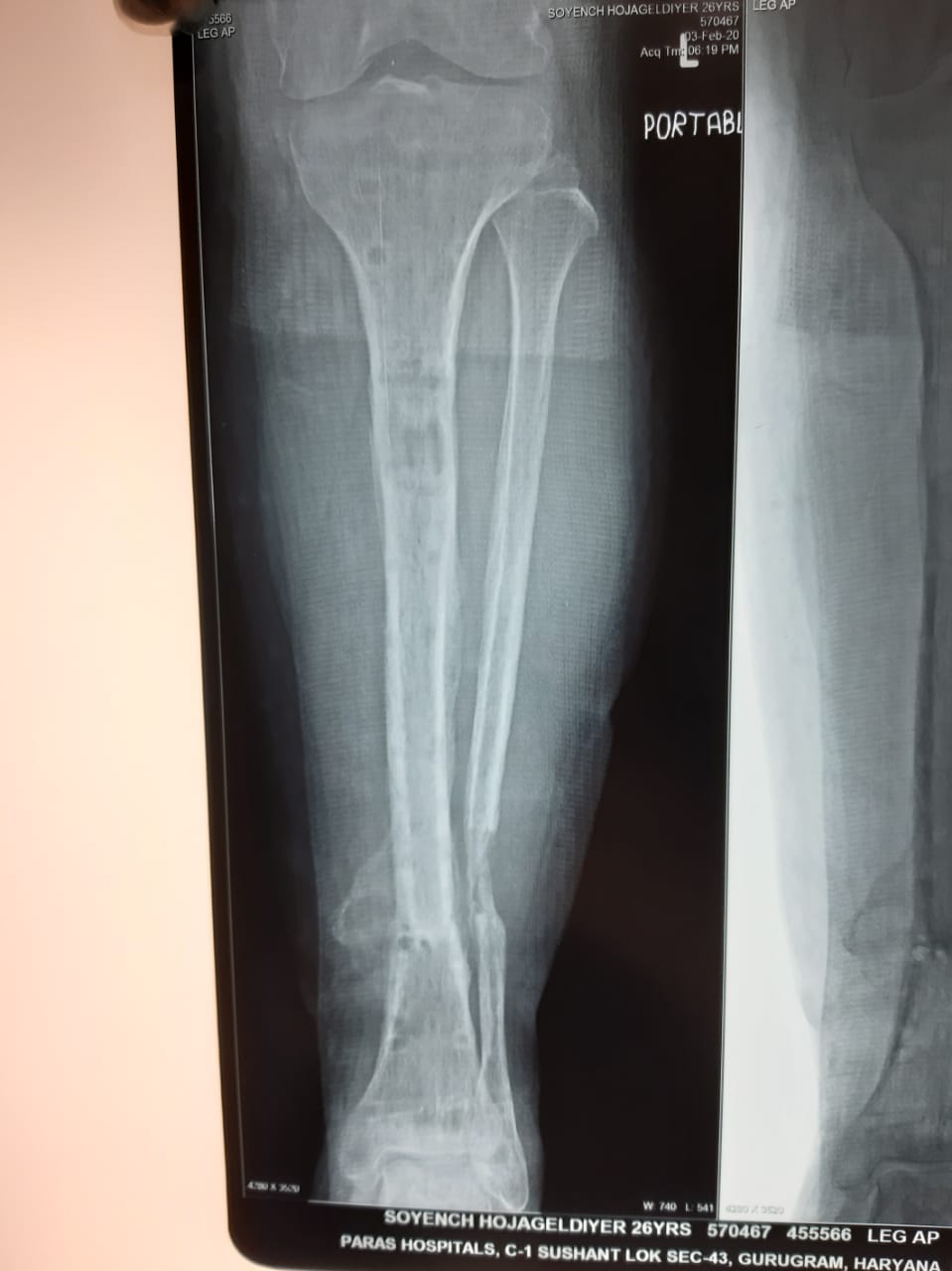Book An Appointment
What is Limb Lengthening Surgery?
Side Bar
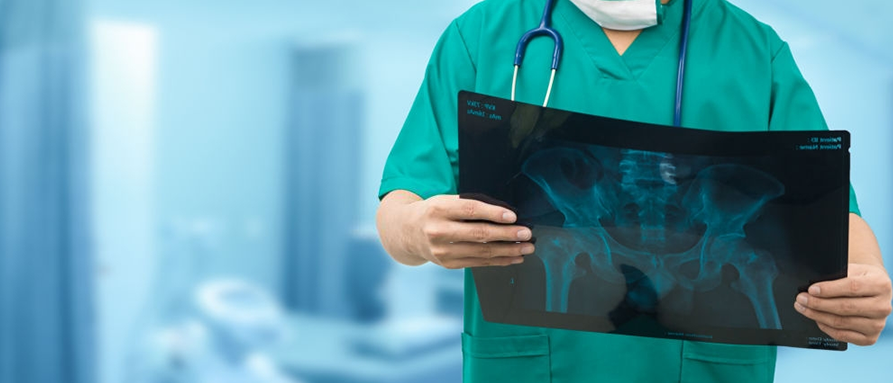
What is Limb Lengthening Surgery?
A lot of patients come to our OPD with complaints of limb length discrepancy (one limb shorter than the other) to old infection, old malunited fracture or birth defect. These patients are offered the treatment of limb lengthening using the technique of Distraction Osteogenesis invented in Russia in 1980’s and thereafter improved upon. Additionally any deformity can also be corrected in the same procedure.
Limb lengthening is achieved using the body's own capacity to create new bone as well as the soft tissues, ligaments, blood vessels, and nerves that surround and support it. The process begins with an operation called an osteotomy in which the orthopedic surgeon cuts the bone to be lengthened. The limb (usually the upper or lower leg) is then stabilized using one of several different external and/or internal fixation devices or frames, common ones being an Ilizarov fixator or Railroad Monorail external fixator.
Two phases of recovery follow. In the first, or distraction phase, the bone that has been cut is very gradually pulled apart, using a distraction device at the rate of 1mm per day, in a process that promotes distraction osteogenesis or new bone growth at the site of the osteotomy. As the space between the ends of the bone opens up, the body continues to produce new tissue in the gap until the desired length of bone has been generated. Additional adjustments may be made to the fixation devices to correct any deformity that may be present, such as a misalignment of the bone resulting from trauma. Early on in this phase, patients learn to walk with the aid of crutches.
During the second phase of treatment the bone consolidates and heals. The patient gradually puts more weight on the affected limb, and starts walking without crutches.
When the new bone is completely healed, as confirmed by x-rays, the fixation device is removed and the patient may function normally. Once this phase is complete, the new bone is as strong as any other bone in the body.
Osteotomy and placement of most fixation devices may be done using spinal anesthesia. The average hospital stay is two days. The procedure involves no large incisions or bone grafts.
We have done nearly 150 cases of limb lengthening successfully in last 5 years with satisfactory results using this technique. Few patients have also approached us to get cosmetic increase in height where 2-3 inches of height can be increased.
Scarring is usually minimal since only small incisions are required in most procedures. Although minor problems may occur with pins and stiffening in the joints, serious complications from limb lengthening surgery are rare. Those that do occur are usually in seen in patients who are already considered to be high risk, such as those who are being treated for limb salvage.
Recovery time from the limb lengthening procedure varies among patients, with the consolidation phase sometimes lasting a considerable period—especially in adults. As a general rule, children heal in half the time as it takes for adult patients. For example, when the desired goal is 1 and one-half inches of new bone growth, a child will wear the fixation device for three months; an adult will likely take 6 months to complete the process.
Throughout recovery, physical therapy plays a crucial role in keeping the patient's joints flexible and in maintaining muscle strength. Patients are advised to eat a nutritious diet and to take calcium supplements. To hasten bone healing, gradual weight-bearing is encouraged.
Another common scenario is one in which patient comes to us with open fracture of leg with an ununitied fracture with infection of bone and soft tissue previously elsewhere operated. In such cases the daunting task is to get rid of the infection and heal the fracture; here the technique of distraction osteogenesis (Ilizarov) comes to our rescue. First to get rid of the infection we get a pus culture done to assess the severity of infection and to assess the antibiotics that will be useful. During surgery we remove the dead and infected bone and soft tissues and bring the fracture ends together (docking), and apply the fixator (Monorail). Then we create a cut in the bone (corticotomy) and apply a distraction compression unit to help in creating a gap in the bone to allow distraction osteogenesis. Also antibiotic beads with the sensitive antibiotics are put at fracture site to kill the infection. Gradually over period of weeks the limb get lengthened to normal and infection is healed. The fracture also starts to heal by 3-4 months. The whole process might take upto 6 months.
Below are Xrays of one such case treated successfully by us over a period of 6 months.
